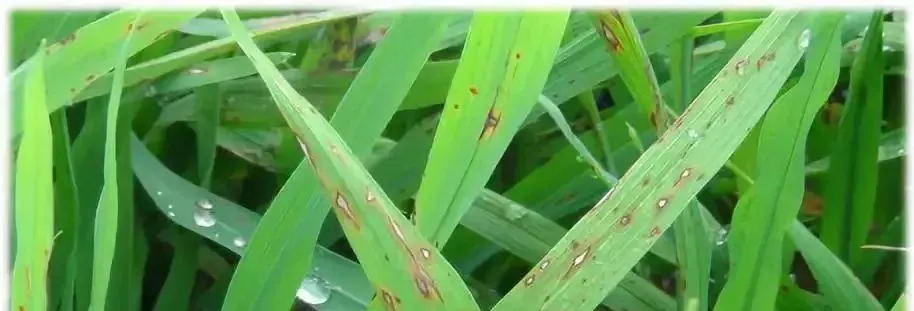
Dez . 11, 2024 01:51 Back to list
Atrazine and Mesotrione Resistance in Agricultural Crop Management Solutions and Strategies
Atrazine and Mesotrione Resistance A Growing Concern for Agricultural Companies
In the world of agriculture, herbicide resistance has emerged as a significant challenge for farmers and companies alike. One of the most pressing issues is the resistance to atrazine and mesotrione, two widely used herbicides that are pivotal in controlling weeds in various crops. The development of resistance not only threatens crop yields but also poses financial and operational challenges for agricultural companies.
Understanding Atrazine and Mesotrione
Atrazine is a member of the triazine class of herbicides, primarily used to control broadleaf and grassy weeds in crops such as corn and sugarcane. Mesotrione, on the other hand, is a relatively newer herbicide that operates by inhibiting the enzyme HPPD (4-hydroxyphenylpyruvate dioxygenase), disrupting carotenoid biosynthesis in susceptible plants. Both chemicals have been essential tools in integrated weed management strategies but have come under scrutiny due to the emergence of resistant weed populations.
The Rise of Resistance
The primary driver of herbicide resistance is the overreliance on specific chemical modes of action. As farmers increasingly utilize atrazine and mesotrione, certain weed species have adapted, developing genetic traits that confer resistance. This scenario is exacerbated by insufficient crop rotation and lack of diversity in weed management strategies, leading to a cyclical problem where the efficacy of these herbicides diminishes.
For agricultural companies, the rise of resistance presents several challenges. Firstly, decreased effectiveness of atrazine and mesotrione can lead to reduced crop yields, directly impacting the profitability of both growers and the companies that market these herbicides. Moreover, managing resistant weed populations often requires additional applications of alternative herbicides, which can increase operational costs for farmers and complicate supply chain logistics for companies.
atrazine resistance mesotrione companies

Strategies for Management
To combat the growing threat of herbicide resistance, agricultural companies and farmers need to adopt integrated weed management strategies. This could involve rotating herbicides with different modes of action, incorporating cultural practices such as cover cropping and tillage, and utilizing mechanical weed control methods. By diversifying control strategies, the pressure on atrazine and mesotrione can be alleviated, thereby prolonging the effectiveness of these herbicides.
Companies also play a crucial role in educating farmers about the importance of resistance management. Developing comprehensive stewardship programs that emphasize best practices can facilitate better decision-making among growers. This includes advising on proper application rates, timing, and the importance of understanding local weed populations and their resistance profiles.
Research and Development
Agricultural companies are investing heavily in research and development to create new herbicides with novel modes of action that can help combat resistant weeds. Additionally, advancements in biotechnology, such as the development of herbicide-resistant crop varieties, could offer more resilient options for farmers. These innovations not only provide immediate solutions but also contribute to a long-term strategy for sustainable weed management.
Conclusion
The resistance of weeds to atrazine and mesotrione is a critical issue that requires immediate attention from both farmers and agricultural companies. By adopting integrated weed management strategies, investing in research and development, and promoting education on herbicide resistance, stakeholders can work together to ensure the sustainability of agricultural practices. The goal is not only to maintain effective weed control but also to safeguard the future of farming against the looming threat of herbicide resistance. As the agricultural landscape continues to evolve, proactive measures will be key to ensuring that essential herbicides like atrazine and mesotrione remain viable tools in a farmer's arsenal.
-
Terbuthylazine Herbicide: Superior Weed Control for Maize & Corn
NewsAug.30,2025
-
Pyrazosulfuron-ethyl 10%WP Herbicide for Superior Paddy Weed Control
NewsAug.29,2025
-
Advanced Insecticide: BT, PI, Ant & 505 Pest Solutions
NewsAug.28,2025
-
Best Abamectin 95%: Superior Pest Control & High Purity
NewsAug.27,2025
-
Famoxadone Fungicide: Prevent & Cure Plant Diseases Effectively
NewsAug.26,2025
-
Topramezone Herbicide: Selective & Powerful Weed Control for Corn
NewsAug.24,2025
